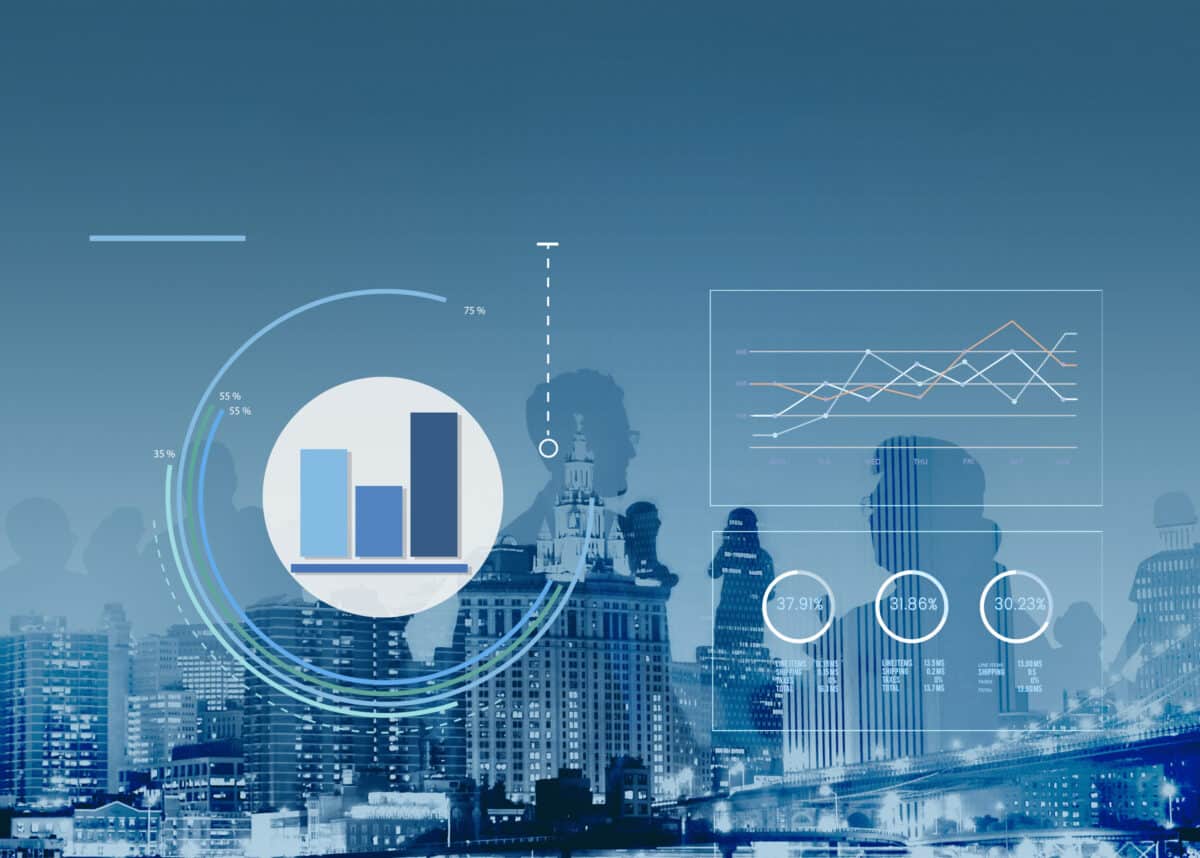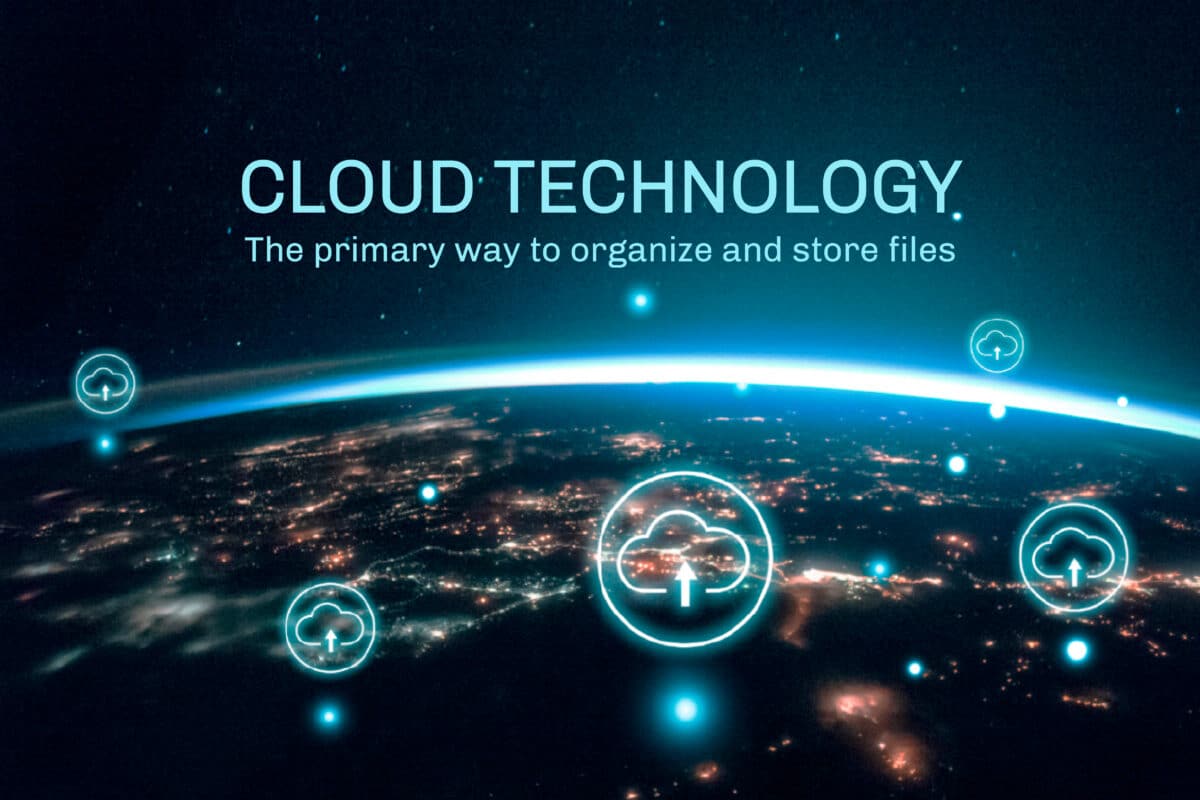Can you believe it? We’ve made it to 2023. And truth be told, it’s a pretty sci-fi time to live. People carry around pocket computers, celebrities are “beamed” into performances, and increasing numbers of people consider phone calls quaint.
The same rate of technological progress has also consumed the business world. Like phone calls, companies that still use analog methods are throwbacks. These days, big data and augmented analytics are fueling the market, and businesses that refuse to adapt may find themselves at the back of the pack.
What Is Augmented Analytics?
Augmented analytics is shorthand for “using advanced technology to squeeze more out of business analysis efforts.” Artificial intelligence and machine learning are now commonplace, and they’ve transformed the data analysis landscape. Not only can we glean valuable insights about product pipelines, back-office operations, and customer interactions, but automation possibilities have also improved significantly.
Augmented analytics programs touch every point of the data lifecycle, from preparation to implementation.
How Can Augmented Analytics Help Your Company?
Augmented analytics isn’t just the buzzword of the quarter. Instead, think of it as the next “Internet.”
Back in the day, many companies didn’t see the value of the Internet or websites and cynically dismissed both as fads. When it became evident that the “World Wide Web” was here to stay, businesses that didn’t establish a digital foothold were caught on the backfoot — and catching up was prohibitively expensive in many cases.
In a way, we’re at a similar inflection point regarding big data. Businesses that got in early are reaping the financial benefits and winning market share. Companies that wait too long may find themselves hopelessly behind the eight ball.
How do big data and augmented analytics give organizations an edge? They uncover hidden operational pitfalls and possibilities, deliver value faster, and increase data intelligence.
Uncovers Hidden Pitfalls and Possibilities
Augmented analytics provides a clearer, more dynamic view of a company’s operations and sales. As such, it’s easier to spot and leverage trends.
Delivers Value Faster
Analog back-office operations consume a lot of resources and time. After all, manually entering every record, one by one, will take significantly more hours than a semi-automated system that can cycle through data by the microsecond.
Increased Data Intelligence
Computers can do amazing things. Heck, commonplace systems are smarter than we are in many regards. Marketing models can pinpoint potential customers and clients, increasing conversion rates and, ultimately, your bottom line.
Augmented Analytics Best Practices
It’s important not to conflate augmented analytics with full automation. Though the latter informs and supports the former, augmented analytics systems require people power. So when transferring to an augmented analytics system, hew to these three best practices
- Start Small: Don’t try to implement a new system all at once. Start with a small project that best serves your key performance indicators.
- Collaborate: Lack of transparency can hamstring an AI implementation. Make a seat at the table for every department that will use and benefit from the data. The best systems are ones that include input from across the board.
- Educate Employees About the Advantages of a Data-Driven Culture: The more employees understand the power of analytics, the more enthusiastic they’ll be about the process. After all, if the company prospers, that’s great for them, too!
How Is Augmented Analytics Transforming Business Intelligence and Data Analytics?
Augmented analytics is the third stage of the business intelligence metamorphosis.
- First Stage Is Traditional Business Intelligence: The first iteration of business intelligence is known as “the traditional stage.” Under these setups, data engineers mold static dashboards, reports take days to prepare, and cross-departmental collaborations are rare. While most traditional processes feature elementary computer modeling, data entry and manipulation are 100% manual.
- Second Stage Is Self-Service Business Intelligence: Self-service business intelligence options grew up alongside web 2.0. Hardware and software updates simplify the informational pipeline and provide better modeling, reporting, and data analysis. Automation is more prevalent for routine tasks under second-stage systems. However, the digital apparatus is limited to drag-and-drop options that may require advanced knowledge.
- Third Stage Is Augmented Analytics: Augmented analytics programs leverage artificial intelligence to streamline the data prep stage, allowing for real-time analysis. Moreover, since the systems are highly intuitive, they’re accessible to more employees. To state it another way: employees no longer need to be data scientists to be part of — and benefit from — a company’s analytics pipeline.
If you’re contemplating an augmented analytics upgrade, it’s wise to consult with industry-leading platforms, like Inzata Analytics.












